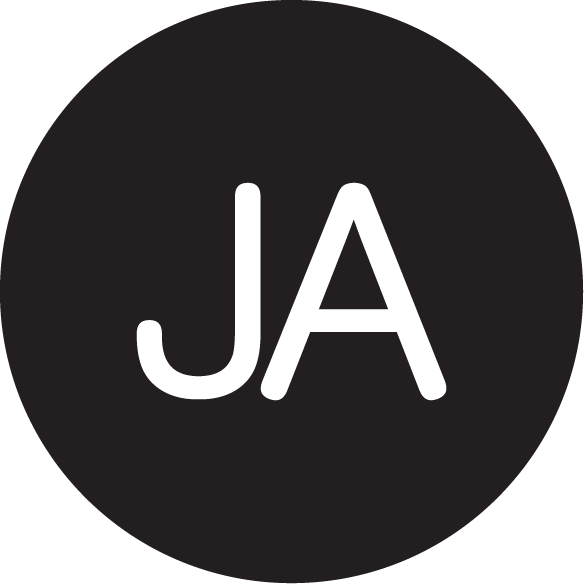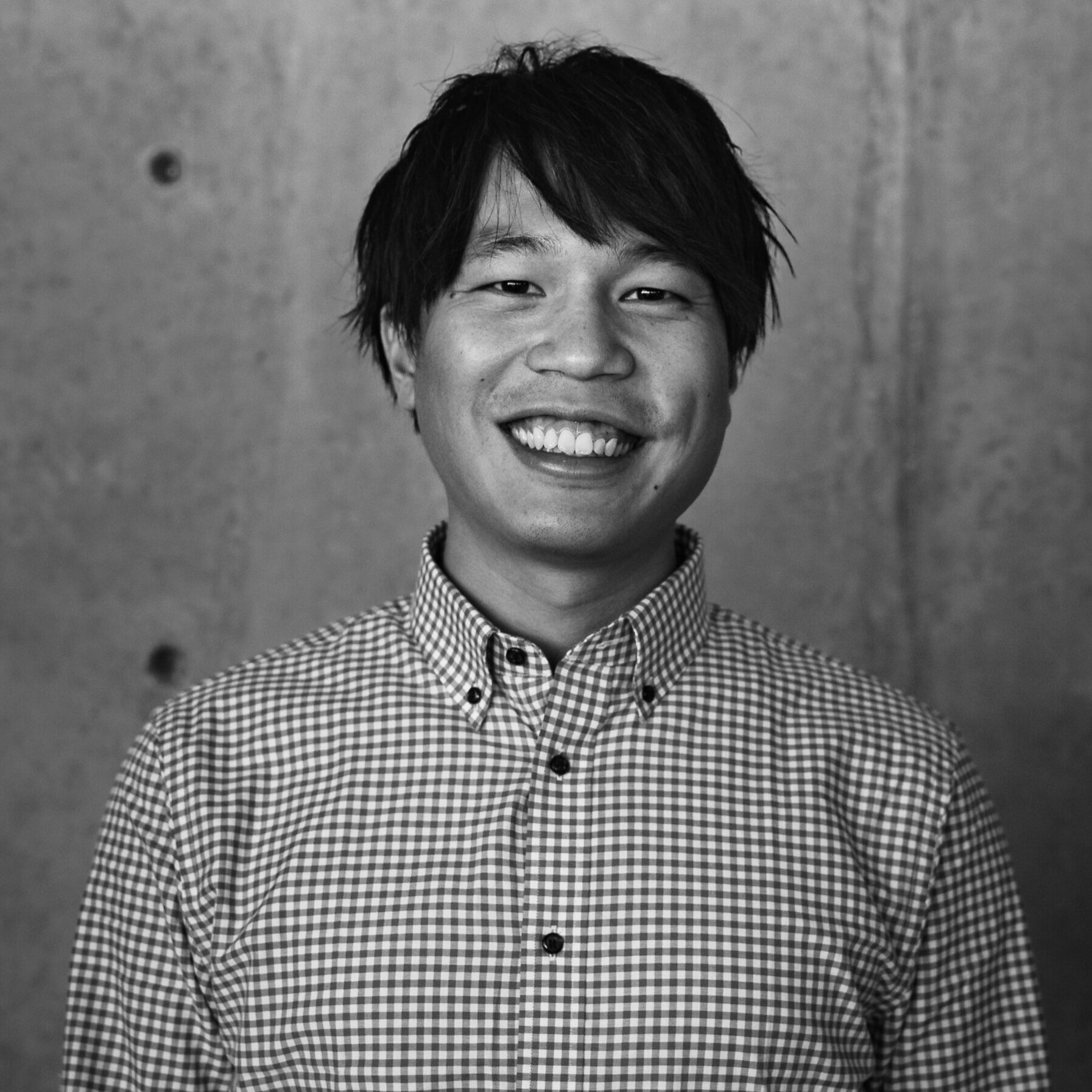Long Term Internships Offer Mentorship & Collaboration
/Besides our spectacular summer and academic year interns, we have some long-term design interns from the University of Washington we want to spotlight. The first is Kevin Lin, who graduates later this summer with his Masters in Architecture.
Kevin Lin
Kevin lin has been working as a student intern at ja for over two years
When and where did you get your bachelor’s degree? What are your plans after you graduate?
In 2017, I got my Bachelor of Arts in Interior Architecture & Design in Tokyo. Upon graduation I stayed in Tokyo and worked as a BIM consultant. The urge to play a bigger role in the design aspects of architecture got me to apply for the three-year Master of Architecture program at the University of Washington. Building on my education at UW I wish to continue to propose sustainable and efficient buildings at JA.
Is this your first architectural internship? If not, how does it differ from internships you’ve had in the past?
Although I have had previous internship experiences in architecture firms, JA is my first architecture internship in the United States. Unlike firms I interned for in Japan, where interns are usually designated as model builders or idea generators for competition teams, at JA I have been able to participate in all phases of design. Because many JA architects also teach at UW, JA has a University-like culture where managers are very enthusiastic in teaching and mentoring interns.
Working at JA made me a more effective designer in studio classes, becoming more clear in my design intent, making it less stressful and time consuming.
How long have you been an intern at JA? How do you balance part time work with your demanding Masters program at UW?
I have been working as an intern at JA for two years, working full-time during summer, and limiting my hours to 12-15 hours a week during the school year. I have experienced both in person internship and the hybrid model we are in now. Initially it was hard to balance part time work with school, because of the need to be at the office in-person. I would have to bike to the office from school between classes which made for lost time commuting and I could only tackle the tasks when I was physically there.
The hybrid model makes it much easier for me to coordinate with other project members, as I can jump into the projects whenever I am free. This increase in engagement made project architects more comfortable in giving me more responsibility in projects.
Having to balance between school and internship also forced me to be more organized, developing an efficient workflow and that helps allocate my hours effectively. Working at JA also made me a more effective designer in studio, becoming more clear in my design intent, making studio less stressful and time consuming.
What is your favorite part about being an intern at JA?
My favorite parts about being an intern at JA are the people, dogs, activities, and the respect they give to interns. Interns get a designated mentor throughout the year whom in my experience were open in sharing their career trajectory and giving advice on skillset building.
What was the most surprising thing you’ve learned about this industry through this internship?
Unlike design studios at UW where most projects focus on individual work, I was surprised by how collaborative the architecture industry is, a combination of architects, consultants, contractors, and clients. Only by working together and making use of each person’s expertise can the building be more wholesome and inclusive.
Do you have any advice for architecture students seeking internships?
Do not be afraid to apply, firms understand that we are here to learn but also are curious of what the new trends are being developed in the academic world. Produce a portfolio that shows your strengths stay open minded and ask lots of questions. Only through asking questions can you confirm whether what you know applies effectively in the field or not.

